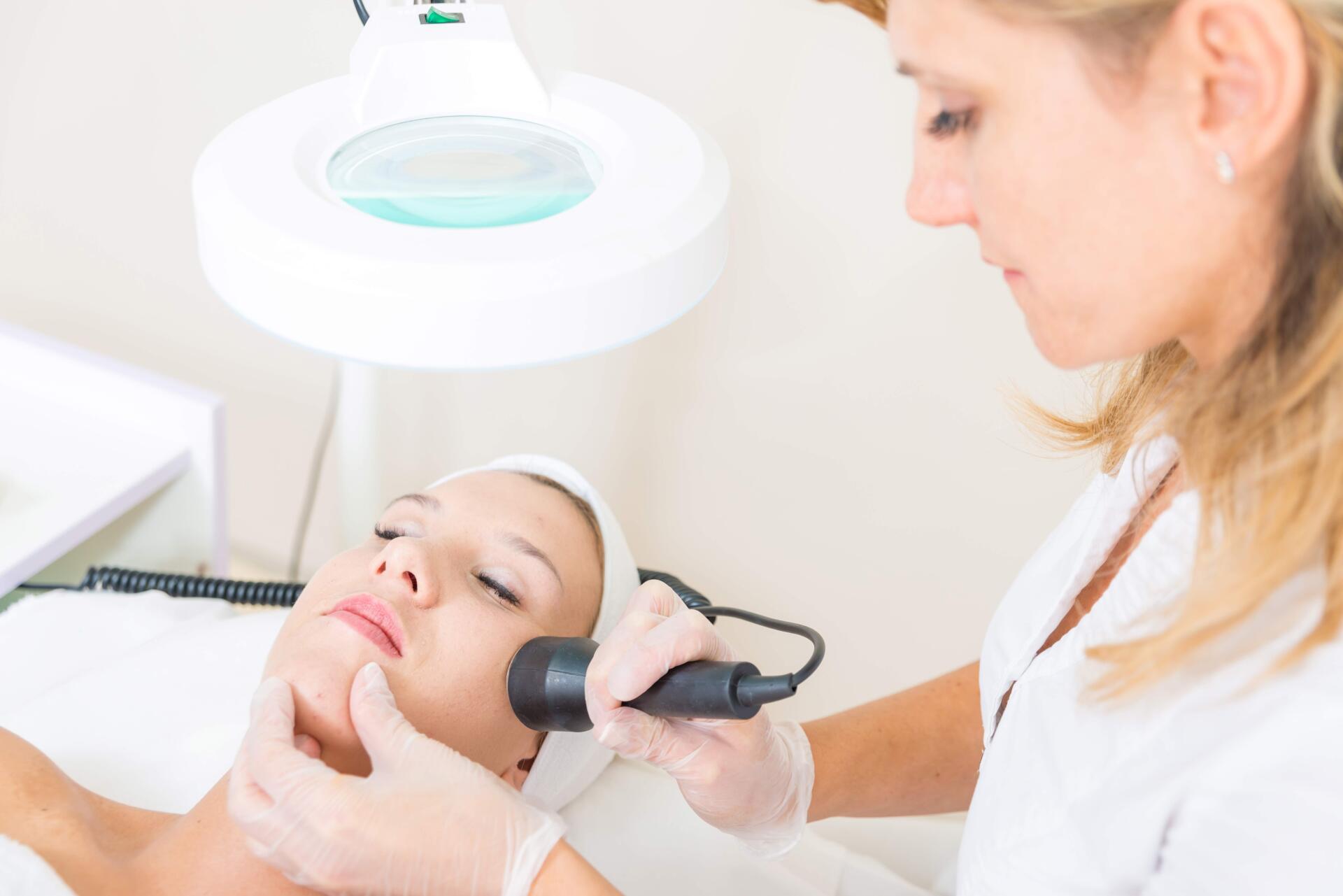Frequently Asked Questions About Liver Spots
People commonly develop liver spots at some point in their lives. If you have passed the age of 50, you may have felt little surprise to see these new developments in the mirror. However, even younger individuals can find themselves embarrassed by these cosmetic defects, even if they pose no medical threat.
A basic knowledge of liver spots can help you recognize them for what they are, understand why you may have developed them, and get rid of them with the aid of a skilled cosmetic surgeon. To put yourself on the fast track of this learning curve, take a look at the answers to these frequently asked questions about liver spots.
What Do Liver Spots Look Like?
Liver spots, also known as age spots or solar lentigines, usually appear as rounded or irregularly shaped areas on the skin. People typically see them develop on the face, shoulders, arms, tops of the feet, backs of the hands, and other areas frequently exposed to the sun's rays.
The size of a liver spot can range from 0.2 centimeters to 2 centimeters across. However, the total area of discoloration may appear significantly larger if a group of liver spots has clustered together. Liver spots may appear tan, light brown, or dark brown in color.
How Can You Tell Liver Spots From Other Common Skin Issues?
You can tell the difference between liver spots and freckles because freckles tend to fade in color or even disappear after a period of protection against sun exposure. Any liver spots you already have will remain on the skin and may even grow larger, even if you protect them from the sun.
Some people alarm themselves by confusing liver spots with skin cancers such as melanoma. Although melanoma lesions can resemble liver spots, they can also display other symptoms such as bleeding or color changes. A medical skin evaluation can put your fears to rest (or ensure timely treatment if necessary).
Why Do Liver Spots Develop?
Liver spots represent your skin's natural protective measures in action. Once extended or repeated exposure to ultraviolet (UV) radiation has damaged the skin, a pigment known as melanin starts to clump together in those sun-exposed areas, producing the characteristic dark spots or patches.
People in their 50s commonly develop liver spots as a natural response to decades of gradual, incremental sun exposure. However, you can start seeing liver spots on your skin at a much younger age if you regularly go outdoors without skin protection or subject your skin to ultraviolet tanning lamps.
How Can Modern Cosmetic Treatment Technology Lighten Stubborn Liver Spots?
People desperate to get rid of their liver spots have traditionally pursued a variety of treatment strategies. Over-the-counter creams may lighten liver spots to some extent, although they can also produce irritation as a side effect. The most extreme and invasive measure involves surgical excision.
Fortunately, modern medical laser technology offers an advanced treatment option to lighten liver spots. This technique works particularly well on liver spots that have well-defined boundaries. The laser energy causes underlying skin tissue to heat up. This change prompts new, more evenly pigmented tissue to replace the discoloration.
Treatment to remove liver spots can take up to an hour, depending on the number of spots involved. Darker spots may require more than one treatment session. You may experience some itching, stinging, and swelling for the first few days following treatment. The skin should heal completely within a few weeks.
Ronald C. Barry offers a variety of cosmetic treatment options, including state-of-the-art laser treatment to lighten liver spots, spider veins, and other unsightly skin problems. Contact our office today to learn more and schedule an appointment.




